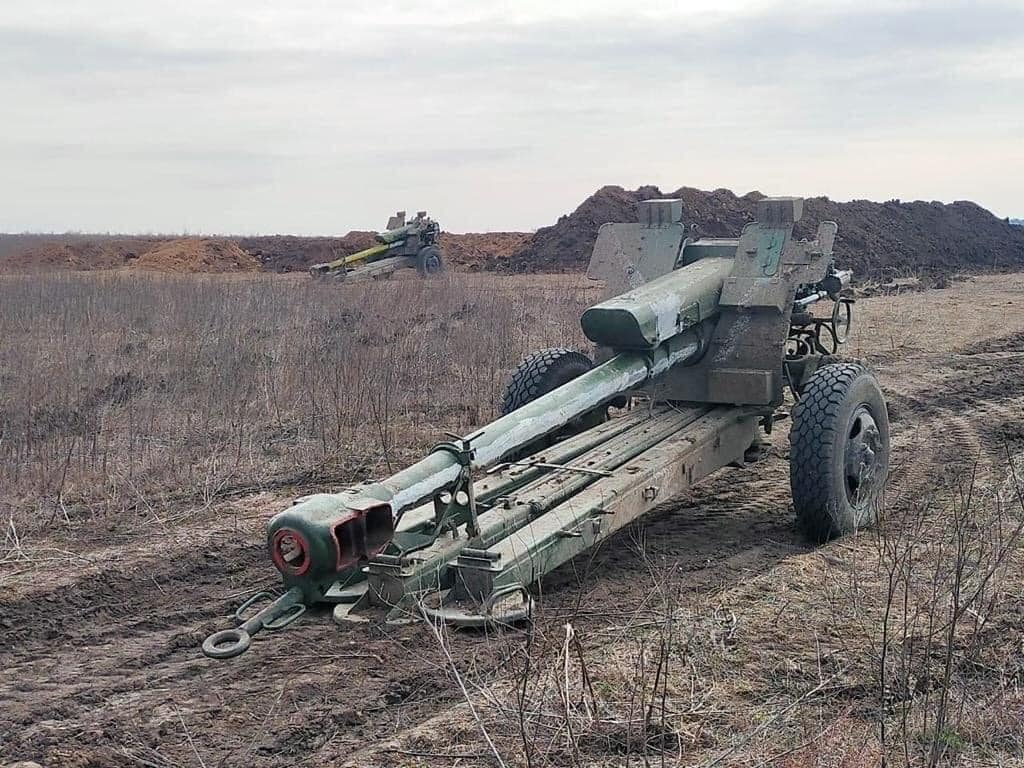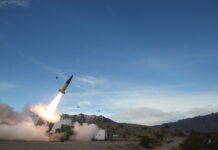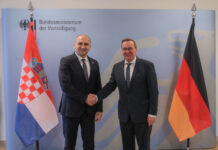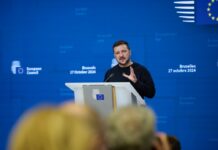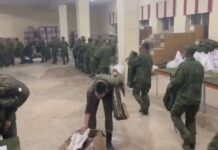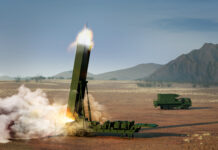In late 2023, the war in Ukraine once again captured international headlines. However, unfortunately, this is connected not with the much-sought de-occupation of large swathes of Ukrainian territory or a Ukrainian breakthrough toward the Sea of Azov, but with assessments of the current results of the Ukrainian counter-offensive, the battlefield situation, and issues with the allocation of new packages of military assistance to Kyiv. Little attention is paid to how Russia can take advantage of these circumstances, and not only regarding Ukraine.

In sum, the Ukrainian counteroffensive did yield some positive results, but no strategic shifts were observed despite high expectations. Those expectations, however, mostly came from the general public and Ukraine’s allies. Kyiv did regain some of its territories and reopened maritime commercial routes. The Ukrainian army took down a large number of Russian military personnel and destroyed plenty of weapons systems, ranging from tanks and artillery to aircraft. A new threat has also emerged for the Russians when the Ukrainians launched a series of smaller-scale amphibious landings onto the eastern bank of the Dnipro river in Kherson region, which looms over the North of the occupied Crimean Peninsula. Among the reasons why Ukraine could not attain greater results are limited arms supplies, the lack of air support, and a very stretched front line.
At the moment, the war is heading toward a positional phase, where the front line typically moves only slightly, while any significant advance implies great sacrifices. As President Volodymyr Zelensky said on 1 December 2023, Ukraine has entered a new stage of war, which is about a transition to defence and an increased application of unmanned aerial vehicles and anti-tank systems. This also means that in the near future, we are unlikely to see any news of the liberation of vast areas, as was the case in 2022, and the warring parties will typically be fighting for minimal gains, of some hundreds of meters or a few kilometres at a time.
These are exactly the conditions that are favourable for Russia to exploit war fatigue in Ukraine and the West to its advantage. Even if neither side achieves large-scale goals during the winter campaign, Russia still has the advantage of greater mobilisation resources and transfer of its larger economy to a military footing. In the next three years, almost a third of the Russian Federation’s budget will be used to maintain the army and the defence industry. Yet even these steps may not be sufficient for Vladimir Putin to achieve his ultimate goals.
Therefore, the Kremlin is employing all possible resources. In particular, as stated by Ukraine’s defence intelligence, Russia injected a staggering USD 1.5 Billion into a new round of an anti-Ukrainian propaganda campaigns, which is a record amount since 2014. Through such efforts, Moscow is trying to create a split in Ukrainian society. A lot of effort goes into exerting influence on individual politicians in several countries to ensure that military and financial assistance to Ukraine is curbed.
However, fairly realistic assessments of the current situation are coming from the United States and NATO. US State Department spokesman Daniel Isaac stated that the results of Ukraine’s counteroffensive should not in any way affect the level of US military assistance. Although by the end of the year the White House had spent almost all the funds previously allocated for Ukraine assistance, and the issue of providing further funding has become bogged down in Congress.
In turn, NATO Secretary General Jens Stoltenberg called on NATO member states to boost ammunition production, since the ongoing war in Ukraine is a war of attrition, a battle for efficiency and logistics that also tests the defence capabilities of the Alliance.
Under these circumstances, Ukraine is looking at a fairly challenging year ahead. Although presidential elections are scheduled in Russia for March 17, 2024, it does not seem that Vladimir Putin expects to have ended the war by then. Moreover, he appears to be bracing for a long war, but this does not rule out the possibility that he will need some smaller-scale ‘victories’ before the elections to use in his Presidential campaign. It is possible that this is why the Russian army launched offensive operations in several sectors in eastern Ukraine.
Under such conditions, the Ukrainian political and military leadership should demonstrate cohesion. On the other hand, assistance from Western allies must continue. After all, as has happened before, sensing the West’s weakness in terms of supporting Ukraine, the Kremlin may start destabilising other regions that are sensitive for NATO, and not only on its eastern flank, but also in other parts of the world.
Alex Horobets



